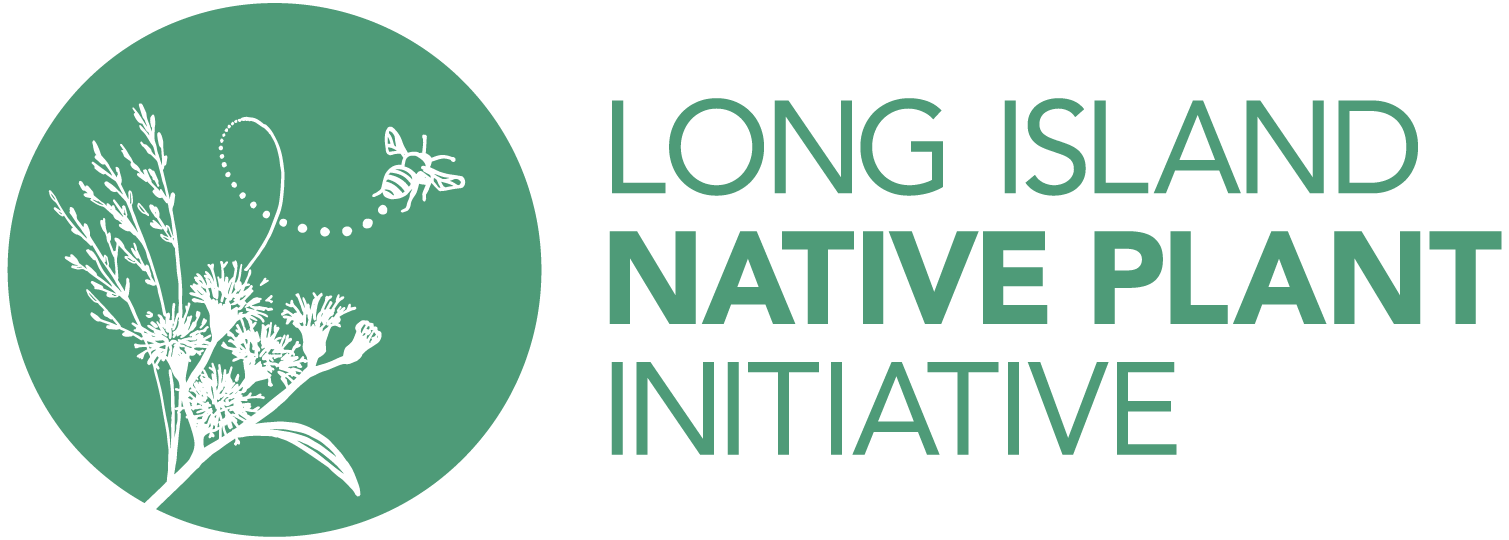Also known as Woodbine or Devil's Darning Needles, our native clematis is a fast-growing vine which produces many clusters of fragrant white flowers, even blooming in some shade! Prefers moist soil but can grow in dry conditions as well. Virgin's bower may spread aggressively but can be easily pruned. While it is dioecious (male and female plants are separate) and both are needed for seeds, both sexes produce flowers.
